The ocean's most efficient dental conveyor belt never stops running. Unlike humans who get just two sets of teeth in a lifetime, sharks have perfected an evolutionary hack – they're essentially tooth-making factories with an endless supply. Some species will grow, use, discard, and replace up to 30,000 teeth over their lifespan. This biological superpower reveals far more than just dental trivia; it exposes an extraordinary adaptation strategy that has kept sharks at the top of the marine food chain for 400 million years.
Shark teeth don't grow individually like ours. Instead, they develop in conveyor-belted rows hidden beneath the gums, sometimes as many as 15 rows deep. The front row does the active biting, while successive rows wait coiled like ammunition. When a working tooth breaks or falls out during feeding (which happens frequently given their violent eating style), the next tooth rotates forward to take its place within 24 hours. This system operates with such precision that scientists compare it to a high-efficiency manufacturing line – except this one runs on pure biology.
What's astonishing isn't just the replacement rate, but the specialized tooth designs evolution has produced. The great white's serrated triangular teeth slice through seal flesh like steak knives. Nurse shark teeth resemble crushing pavements for shellfish. The cookiecutter shark's bizarre lower teeth anchor while the upper teeth rotate to remove perfect flesh plugs from larger animals. Each design reflects an ecological niche, and all benefit from the same replaceable-tooth strategy. A tiger shark would starve if it kept just one set of teeth – its preferred diet of sea turtles and clams rapidly damages even the hardest dentition.
Modern scanning technology reveals how shark jaws achieve this feat. CT scans show tooth buds forming in deep jaw tissue, maturing as they move toward the gum surface. The entire process – from stem cell activation to functional tooth – can take just weeks in fast-growing species. Researchers at the University of Sheffield found shark dental tissue contains specialized stem cells that remain active throughout life, unlike human dental stem cells that deactivate after adult teeth form. This discovery has sparked interest in potential medical applications for human tooth regeneration.
The tooth replacement rate varies dramatically by species and age. Young lemon sharks may replace teeth every 7-8 days during rapid growth phases. Slower-moving deepwater sharks might keep teeth for months. Fossil evidence shows prehistoric sharks like Megalodon followed the same pattern – their enormous teeth (some over 7 inches long) were constantly shed and replaced. Beachcombers today still find these fossilized teeth washing ashore by the thousands, a testament to an ancient biological strategy that outlasted dinosaurs.
Marine biologists have devised clever methods to study this phenomenon. At the Bimini Sharklab in the Bahamas, researchers stain sharks' teeth with harmless dyes during examinations. When recaptured weeks later, the presence or absence of dyed teeth reveals replacement rates. Other teams use underwater cameras to document tooth loss during feeding frenzies. The data shows some sharks lose 20+ teeth per meal – imagine needing denture adjustments after every dinner.
This system does have vulnerabilities. Sharks born with defective dental stem cells starve. Pollution may disrupt tooth development; specimens near industrial areas sometimes show odd, weakened tooth shapes. Climate change poses another threat – rising acidity in oceans could potentially dissolve the calcium phosphate in shark teeth faster than they can be replaced. Yet overall, the evolutionary benefits overwhelm these risks. While mammals developed complex chewing mechanisms, sharks opted for disposable tools – a trade-off that served them perfectly in their predatory role.
The implications extend beyond marine biology. Materials scientists study shark tooth enamel, which is up to 100% fluoride (compared to human enamel's 0.01%), for insights into durable coatings. Archaeologists use fossilized shark teeth to date sediment layers and reconstruct ancient ocean currents. Even paleontologists gain clues about prehistoric shark behavior from tooth wear patterns – a heavily worn set suggests the animal survived long enough to cycle through multiple replacement cycles.
Next time you hold a shark tooth – whether fossilized or fresh – consider the biological machinery behind it. That small pointy object represents a production line refined over millennia, where stem cells, specialized tissues, and evolutionary pressure collaborate to create nature's version of self-replenishing weaponry. For sharks, teeth aren't precious heirlooms to preserve, but disposable tools to expend. In their world, dentistry isn't about lifelong care, but about maintaining an endless supply of cutting edges – a philosophy that has served them well since before trees existed on land.
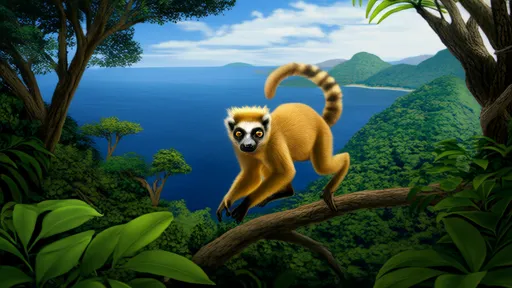
By /Jun 10, 2025
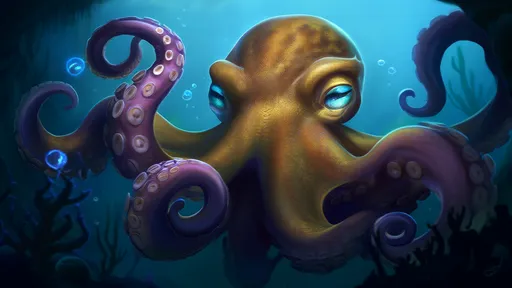
By /Jun 10, 2025
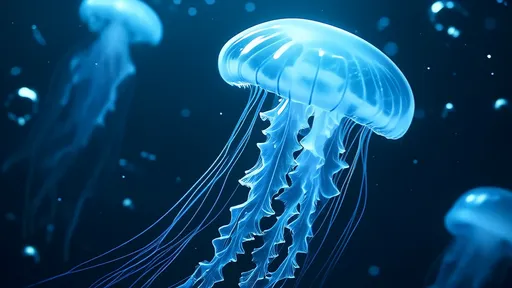
By /Jun 10, 2025
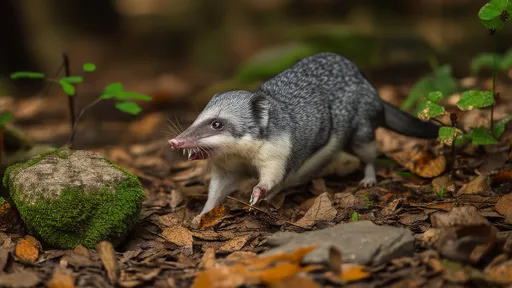
By /Jun 10, 2025
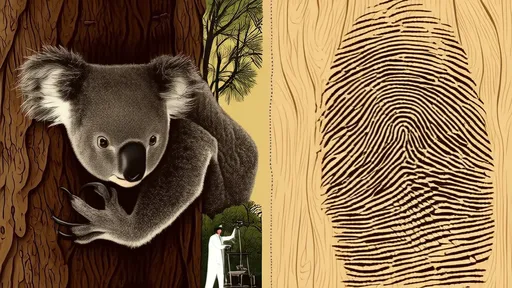
By /Jun 10, 2025
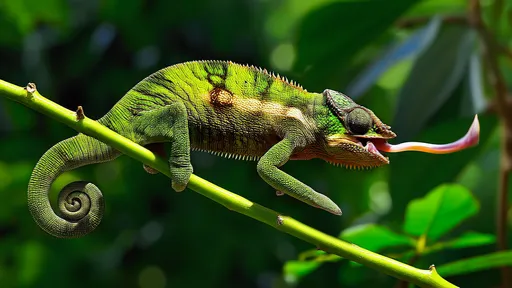
By /Jun 10, 2025
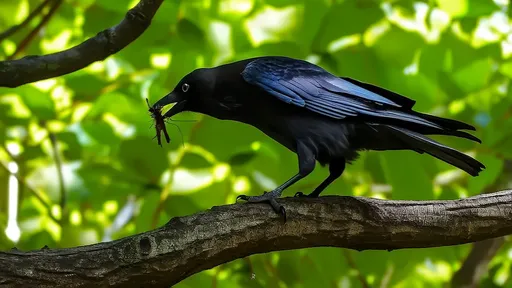
By /Jun 10, 2025
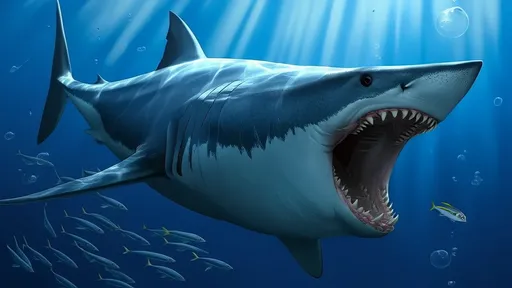
By /Jun 9, 2025
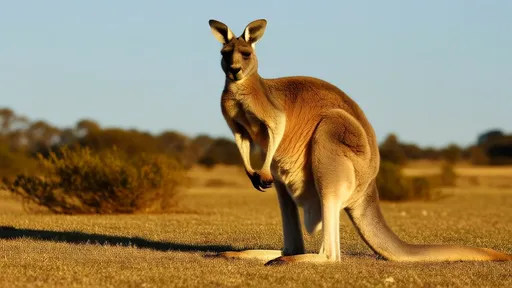
By /Jun 9, 2025
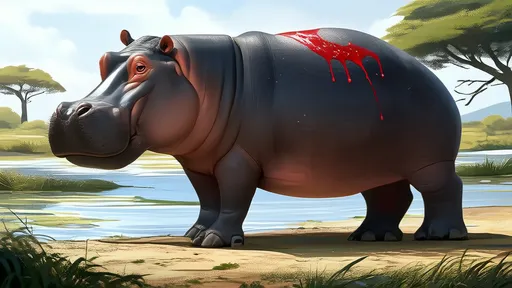
By /Jun 9, 2025
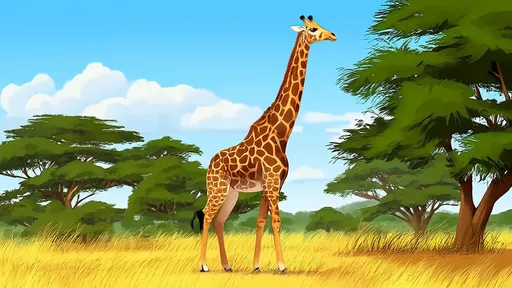
By /Jun 9, 2025
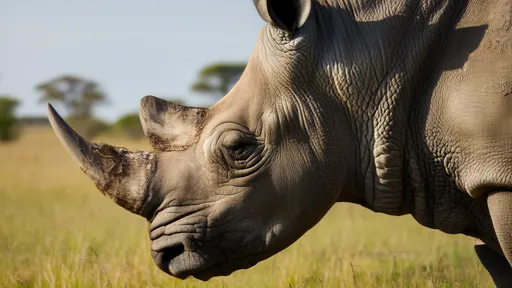
By /Jun 9, 2025
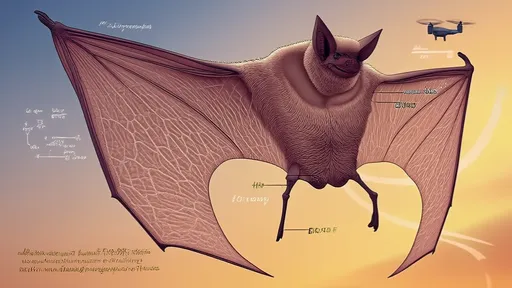
By /Jun 9, 2025
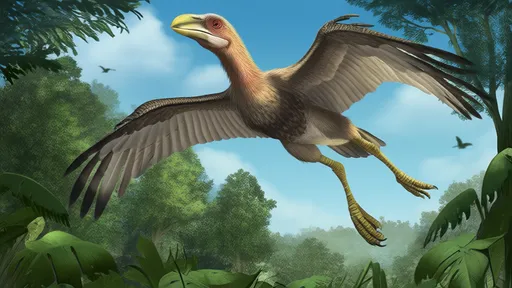
By /Jun 9, 2025
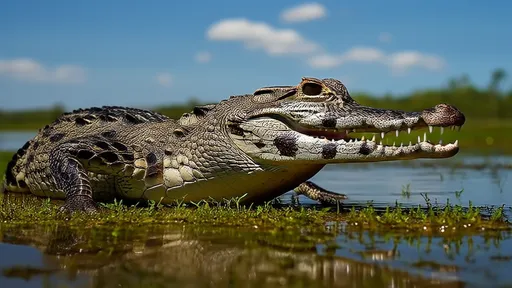
By /Jun 9, 2025

By /Jun 9, 2025
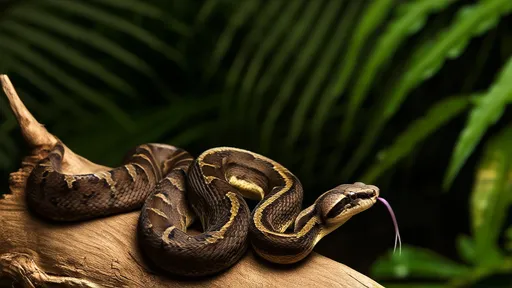
By /Jun 9, 2025
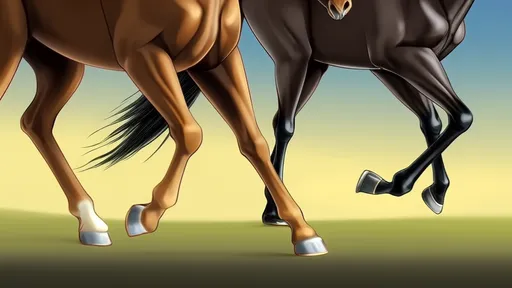
By /Jun 9, 2025
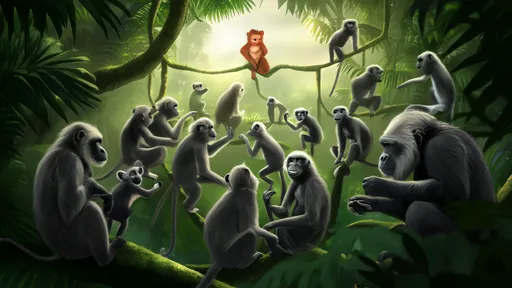
By /Jun 9, 2025
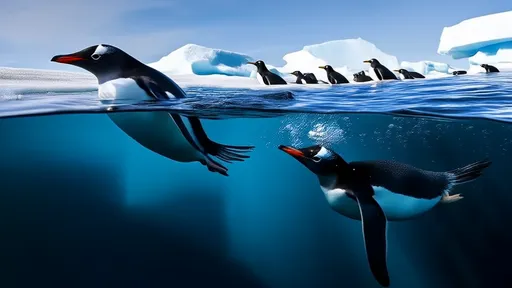
By /Jun 9, 2025